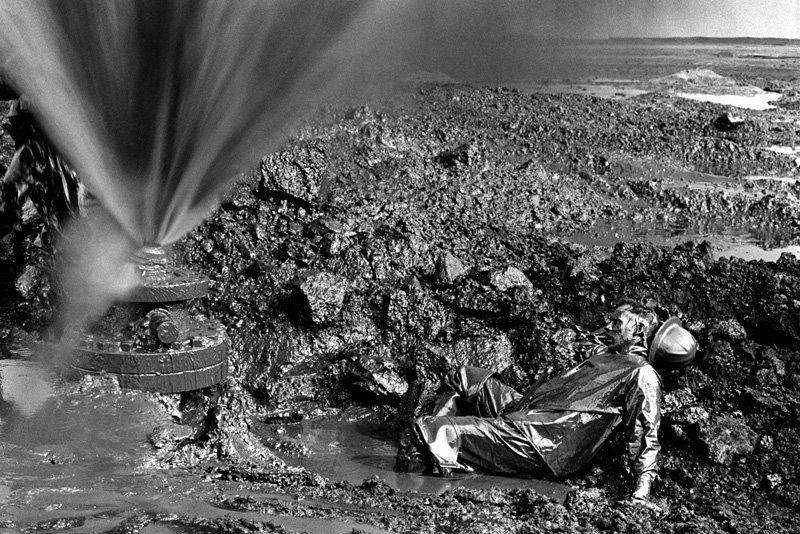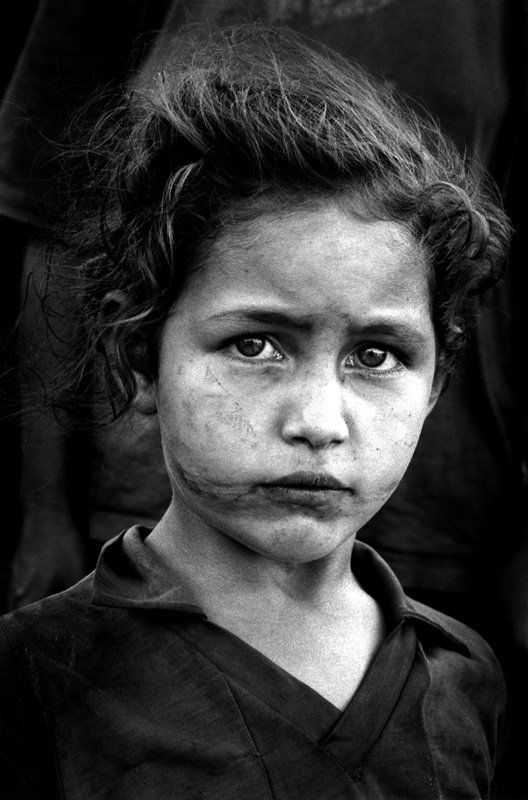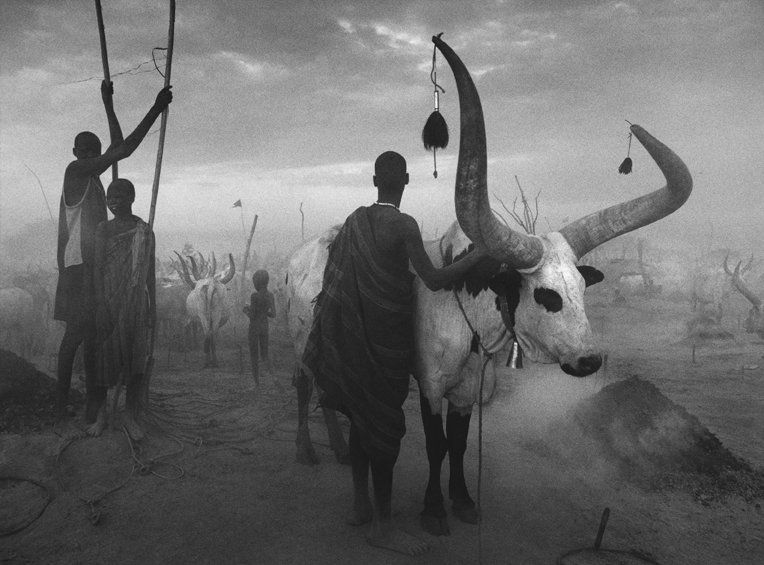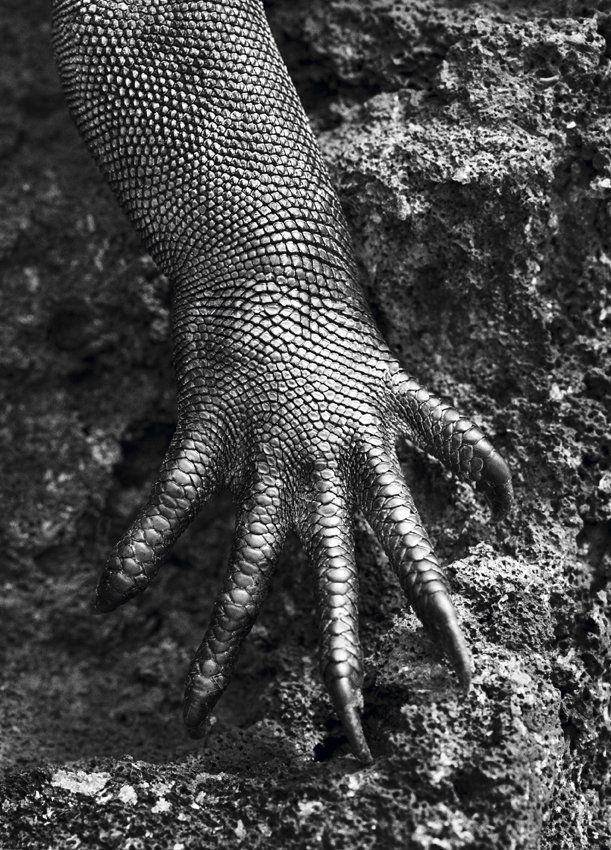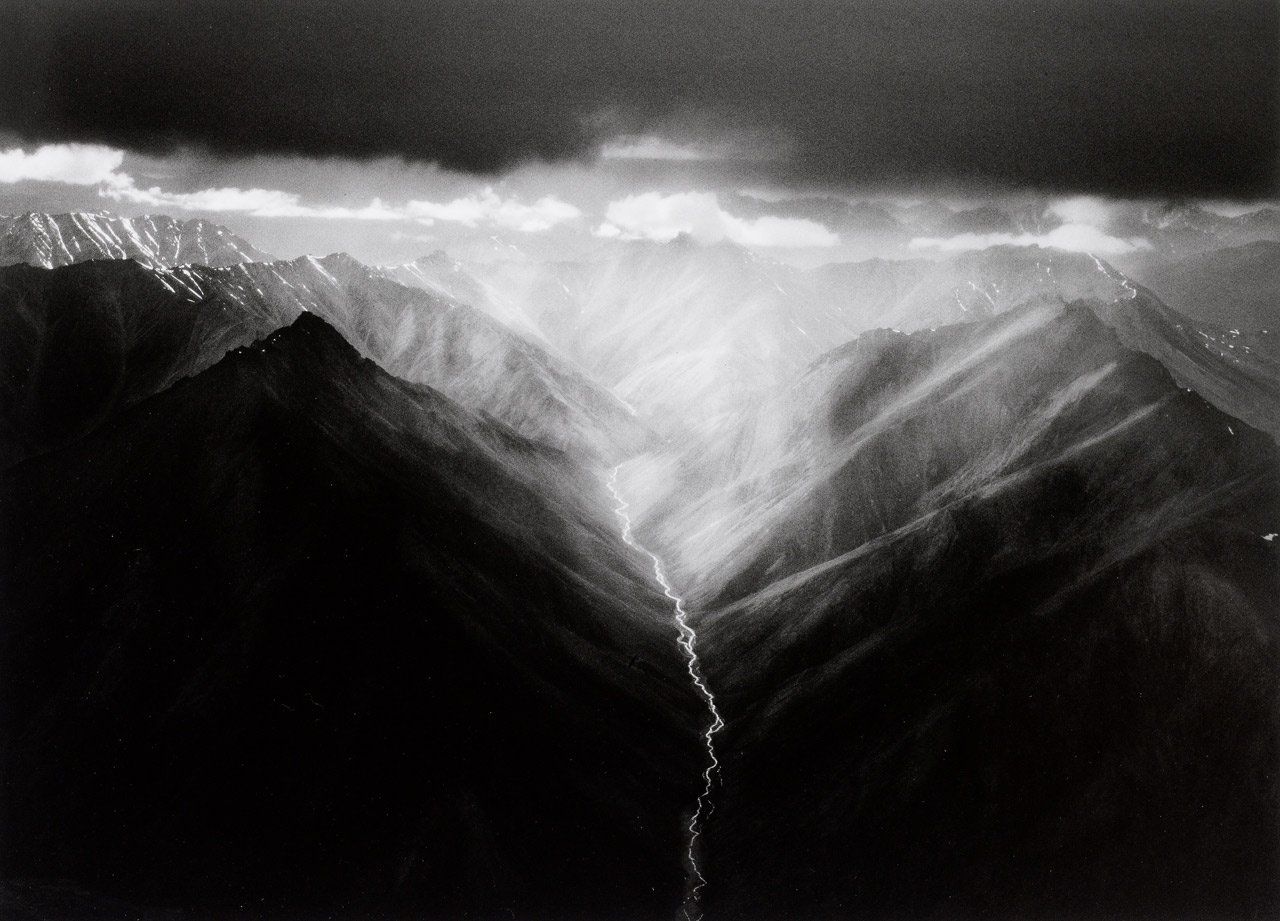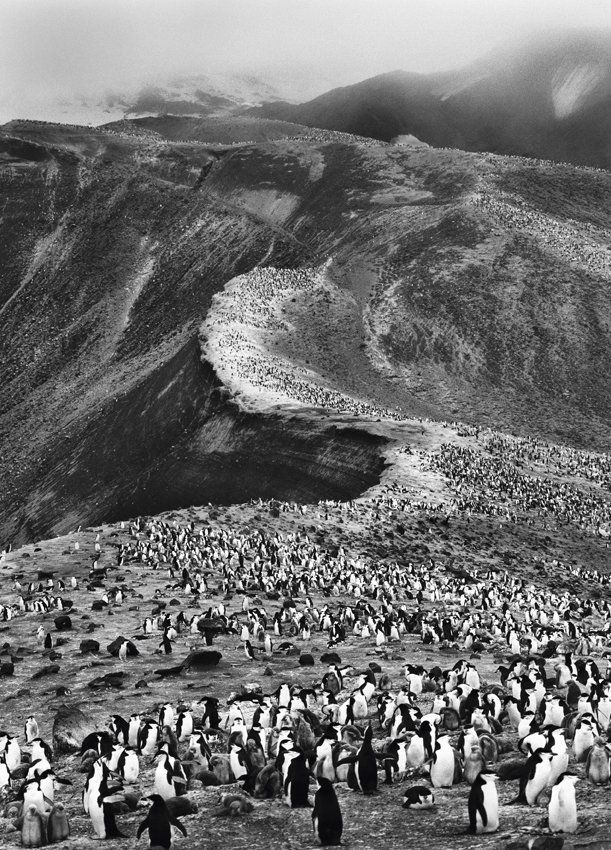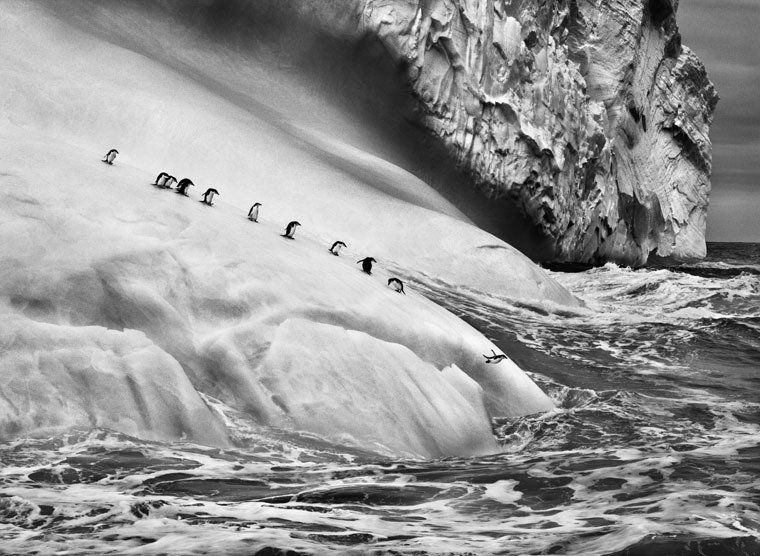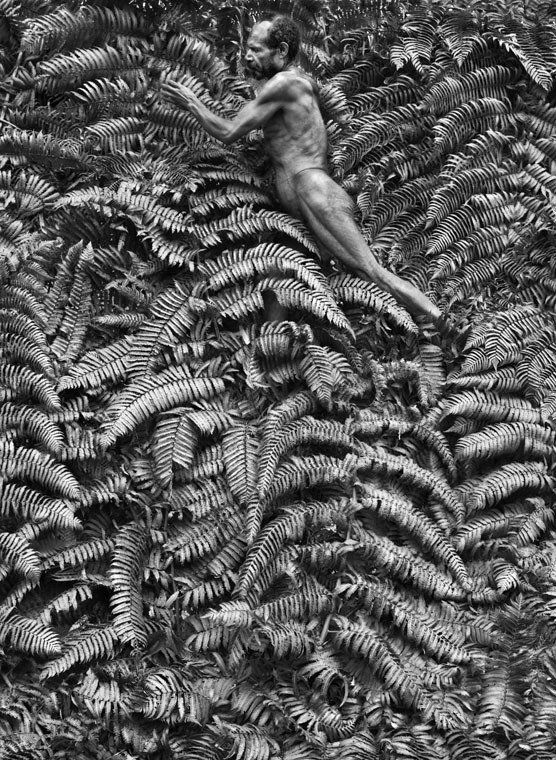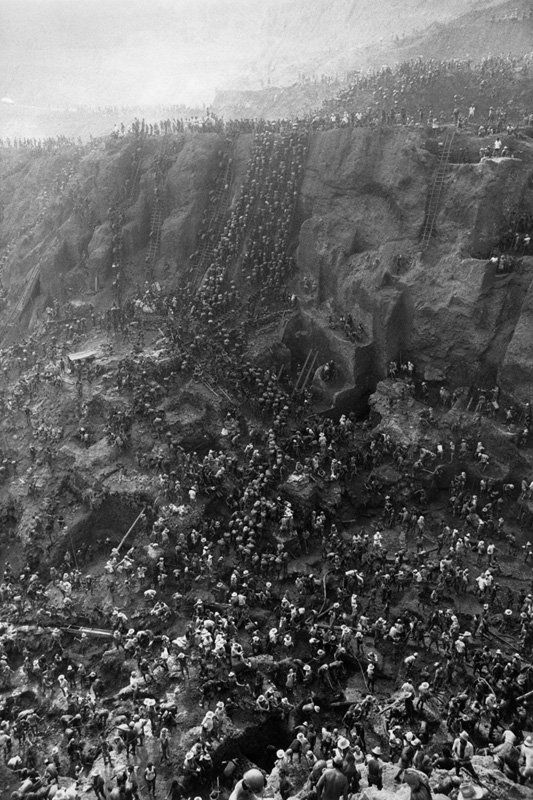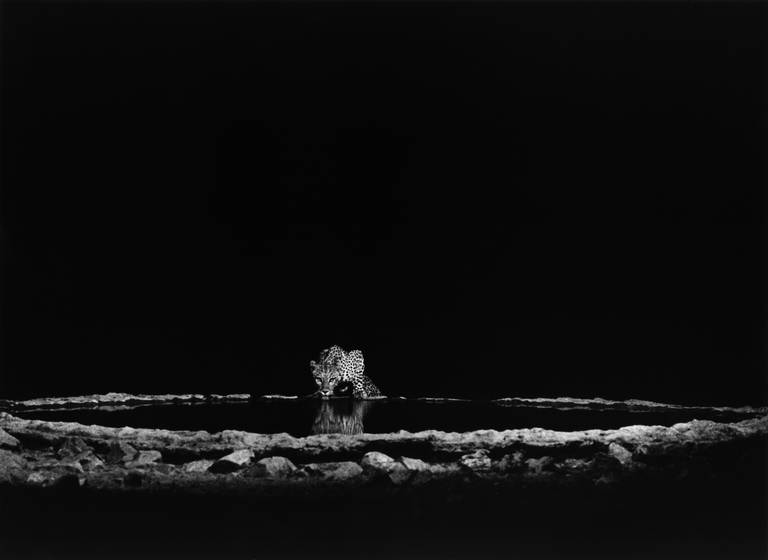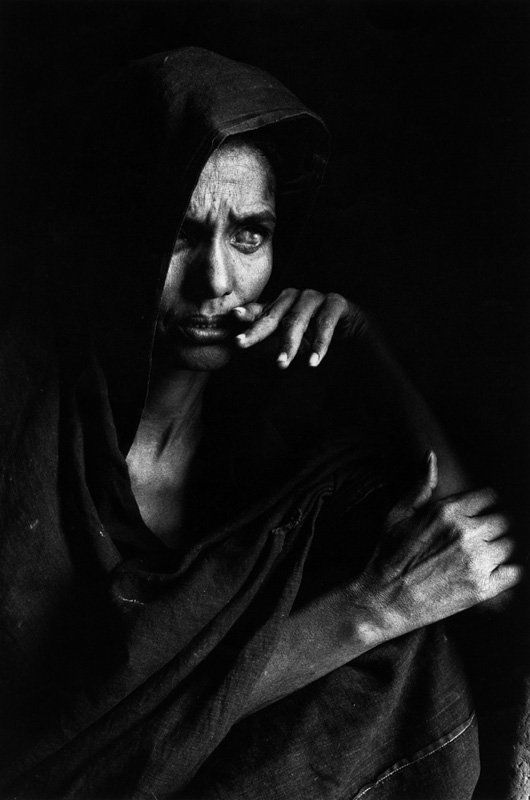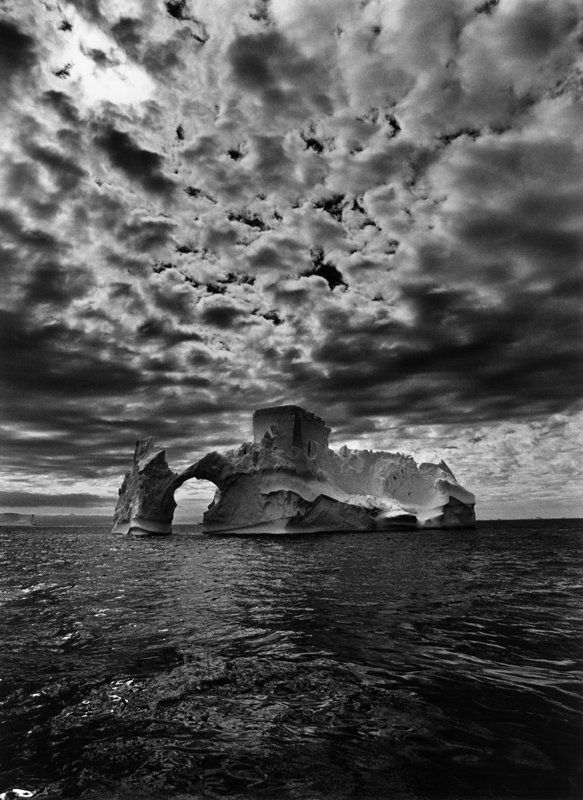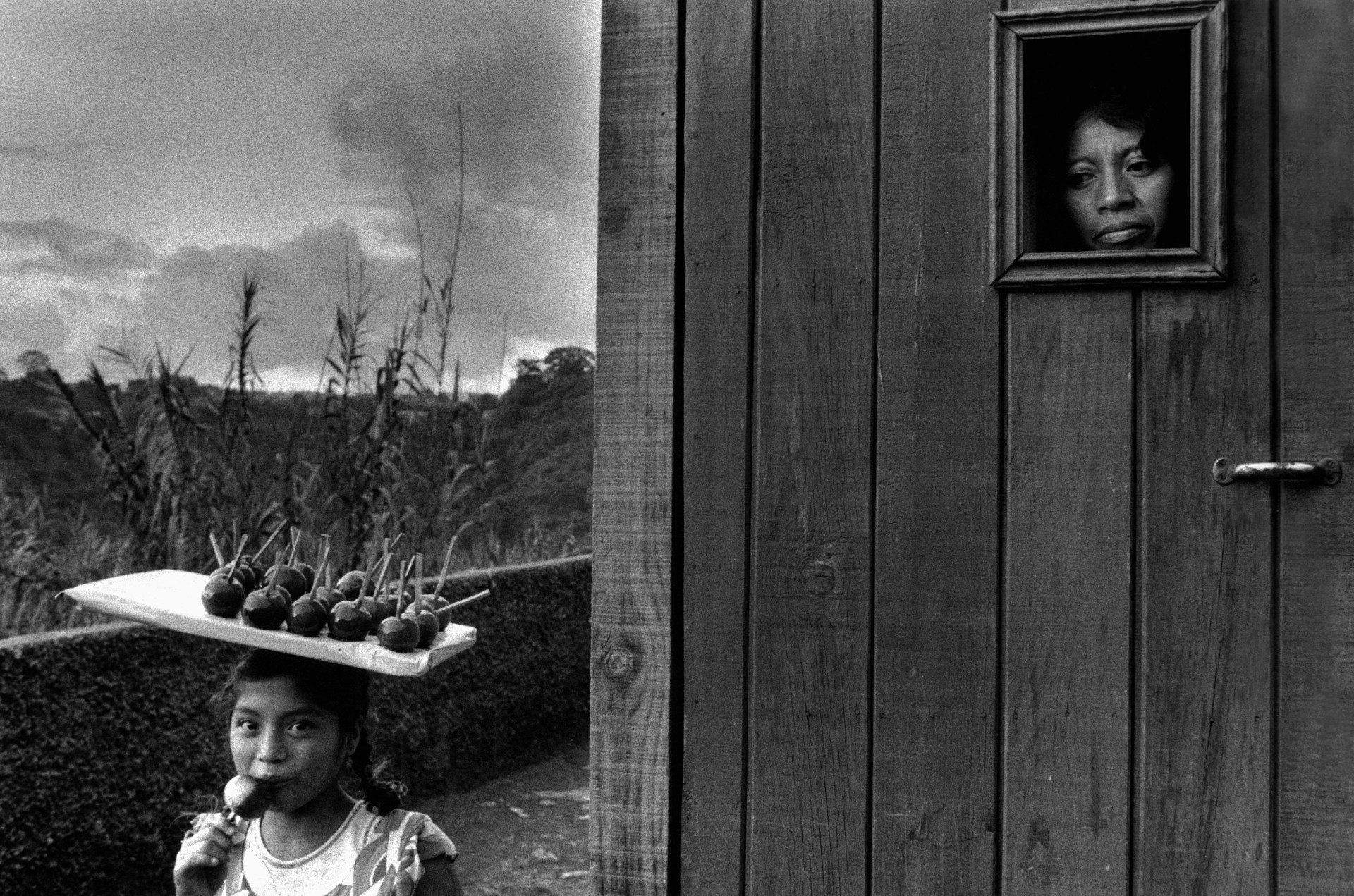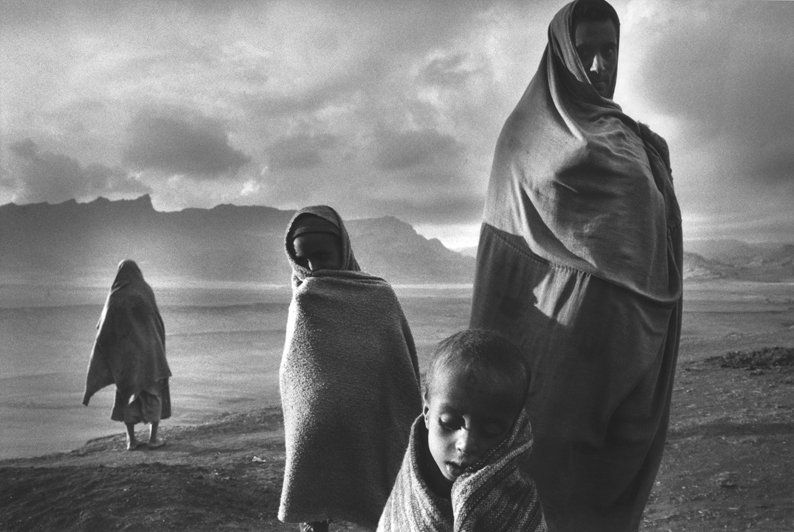SEBASTIÃO SALGADO
Sebastião Ribeiro Salgado was born on February 8, 1944 in Aimorés, in the state of Minas Gerais, Brazil. At 16 he moved to nearby Vitoria, where he finished high school and began university studies. In 1967 he married Lélia Deluiz Wanick. After further studies in São Paulo, the two moved first to Paris and then to London, where Sebastião worked as an economist for the International Coffee Organization. In 1973 he returned with his wife to Paris to pursue a career as a photographer. Working first as a freelance and then for the Sygma, Gamma and Magnum photo agencies, to then create the Amzonas Images agency together with Lèlia, Salgado traveled a lot, dealing first with the Indians and farmers of Latin America, then with the famine in Africa towards the middle. of the eighties. These images converge in his first books. Between 1986 and 2001 he mainly devoted himself to two projects. First, he documented the end of large-scale industrial labor in the book Workers (Contrasto, 1994) and in the exhibitions accompanying its release. He then documented humanity on the move, not only refugees, but also migrants to the immense megacities of the Third World, in two highly successful books: Migrations and Portraits (Contrasto, 2000). Large traveling exhibitions also accompany the release of the books. Lélia and Sebastião Salgado created the Instituto Terra in the state of Minas Gerais in Brazil in order to help the survival of the equatorial forest - which was at risk of disappearing - a large area in which thousands of new trees have been planted and in which nature has returned to flow. The Instituto Terra is one of the most effective practical projects in the world devoted to therenewal of the natural territory and has become a very important center for the cultural life of the city of Aimorès. Genesis, the most recent of the projects, began in 2003 and since 2013 has been exhibited in the most important museums around the world. Sebastião Salgado died on 23rd May 2025 in Paris.


